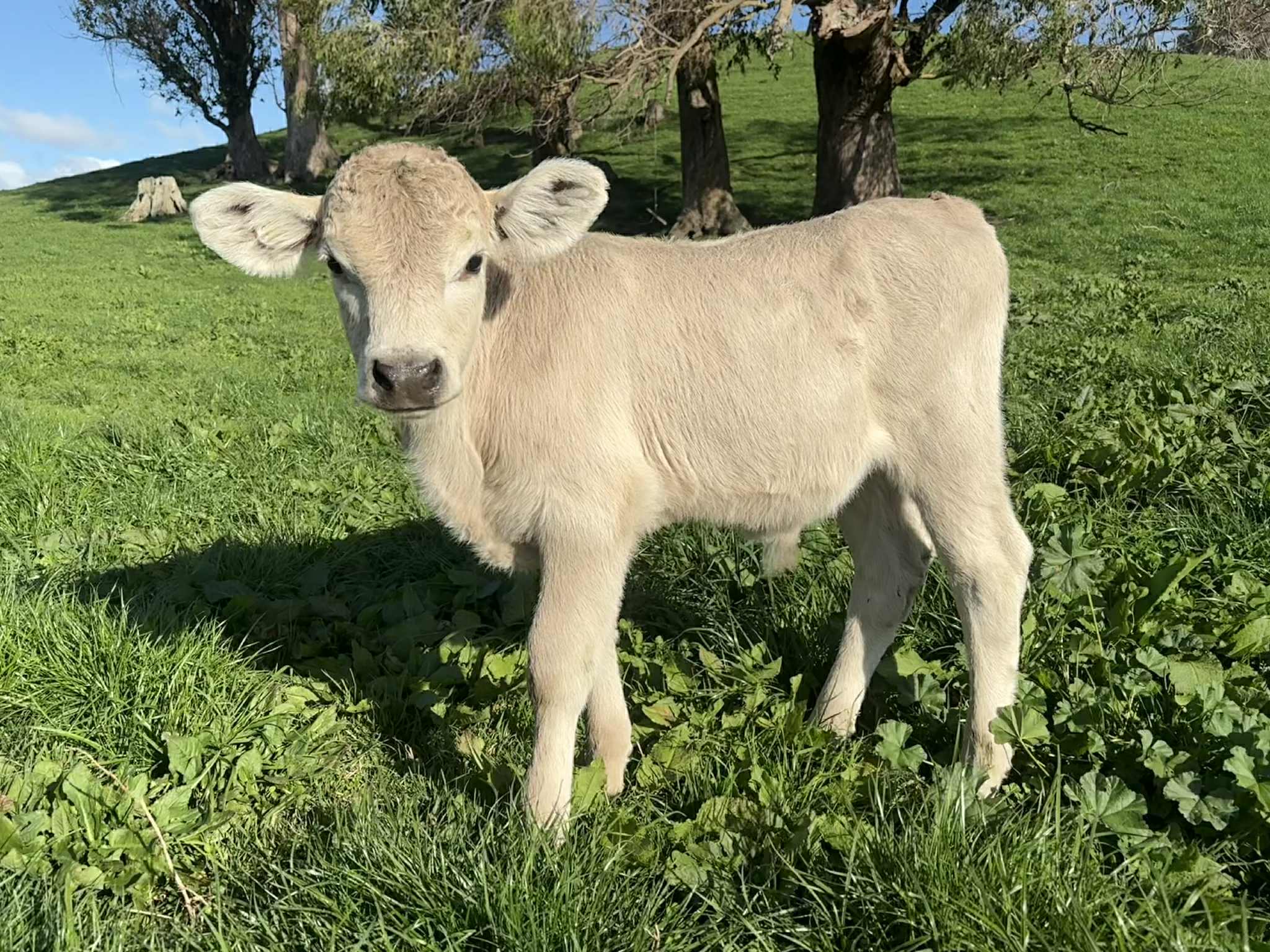Industry data shows bobby calf numbers are down significantly – 18.5 percent in the North Island and 28 percent in the South Island.
CRV Managing Director James Smallwood says the shift reflects the industry’s growing focus on, efficiency, and value creation.
“Farmers are making smarter breeding decisions that not only support herd improvement but also deliver stronger returns,” says Smallwood.
“By using beef genetics across their lower-performing cows and sexed genetics on their best, they’re adding value to every calf born and meeting increasing demand for quality dairy beef calves.”

